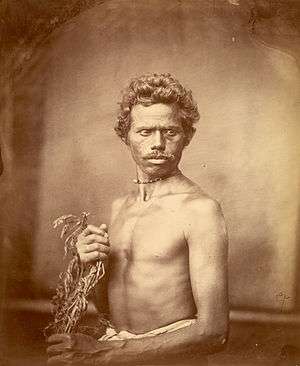Jalia Kaibarta

Jalia Kaibarta (Keot) (or Jaliya Kaibartta (Keot) ), is an aboriginal tribe which was later converted into a Hindu caste or community by Sanskritisation, traditionally engaged in the occupation of fishing and originally belongs to Assam, North Bengal, Odisha and eastern Bihar along with Bangladesh, Nepal, Bhutan and other Southeast Asian countries. The Kaibartas were initially considered a single tribe divided into two groups, Jaliya and Haliya in Bengal. Jaliya Kaibartas are categorized as a Scheduled Caste, though the Haliya Kaibartas are not.[1][2]In Assam they are also known as the Keots, and are considered a single community. They are recognized as Schedule Caste in Assam under the name Jal Keot or Kaibartta/Kaivartta. The Kaivartta or Keots of Assam as they are commonly known are totally different from the Jaliya Kaibarta of Bengal.
History
The Kaibartta/Kaivartta of Assam are predominantly present in Lower Assam. They differ from the Doms or Nadiyals of Upper Assam, though both of them are included in the Kaibartta fold(as both practice fishing as their occupation combined with agriculture) as the physiognamy as well as the physical appearance of both of them are different. The Kaibartta/Keot originally belong to the Austric-Mongoloid stock mixed with various ethnic Mongoloid groups while the Doms or Nadiyals are actually Dravidians mixed with ethnic Mongoloid groups. The Kaivartta/Keots have the Assamese language as their mother tongue in Assam. [3]
References
- ↑ Atal, Yogesh (1981). Building A Nation (Essays on India). Diamond Pocket Books (P) Ltd. p. 118. ISBN 978-8-12880-664-3.
- ↑ Venkatesh Salagrama; Food and Agriculture Organization of the United Nations (30 December 2006). Trends in Poverty and Livelihoods in Coastal Fishing Communities of Orissa State, India. Food & Agriculture Org. p. 80. ISBN 978-92-5-105566-3. Retrieved 18 April 2012.
- ↑ Chakrabarty, Bidyut (1997). Local Politics and Indian Nationalism: Midnapur (1919-1944). New Delhi: Manohar. pp. 62–67.